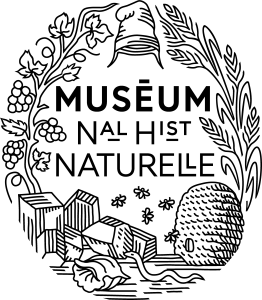
The sixth edition of Project Darwin will take place in January/February 2017.
Researchers and students at the Muséum national d’histoire naturelle and the Natural History Museum in London will come together to explore and share research on their different areas of study. The theme this year, is cooperation.
But what is cooperation in the natural sciences?
Working together. Helping each other. It is an absolute necessity for any life form to create relationships with other individuals in order to survive.
Where does it start? When does it end?
In some way, even competition, which has been guiding evolution all along, is a form of cooperation since it contributes to the balance shared by all the beings on the only planet we have got so far.
Symbiosis, education, shamanism, biomimicry… It’s all about separate entities working together and inspiring each other.
In the crucial times we happened to live in, humans tend to forget how a single tiny movement can impact the whole universe.
So for this very special edition of Darwin Day, the focus is on how different elements in nature, including humans cooperate. Could this be a way to bring more harmony, poetry, and love back to the planet?
This article was written by Michelle Huet a Master’s student in the Museum’s “Mechanisms of Life and of the Environment” specialization.
